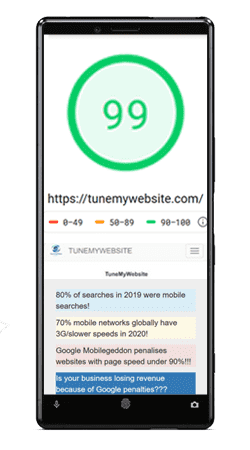Social Media Influencers - In this report, we will provide you with the most current insights on Instagram influencers, but also a data-based analysis of the fraud schemes that are used by Romanian influencers to fake popularity and get more money from brands.
We divide influencers into five main categories based on the number of followers on Instagram:
Mega-influencers and celebrities (over one million followers)
They often have a very mixed audience with assorted topics of interest. Their relationships with them are cooler compared to other types of influencers. They have the highest coverage, but the lowest confidence.
Macro influencers (100,000-1 million followers)
They are famous in a local community; you can think of them as a mini celebrity. Their content is usually of high quality and is based on certain passion or topic.
Social Media Influencers
Micro-influencers (5k – 20k followers) and mid-level micro – influencers (20k-100k followers)
They have a niche audience that appreciates the deeper connection. Micro-influencers are present in every sector: health and fitness, Food, Entrepreneurship, fashion and beauty, to name just a few prominent categories.
Nano-influencers (1K-5k followers)
They are regular consumers, enthusiastic and willing to share, but they have little influence.
Most of the influencers in Romania are represented by women between the ages of 18 and 34. There are also many male influencers between the ages of 25 and 34.
Engagement of Social Media Influencers
For many marketers, engagement is the most important value and a popular KPI of brand awareness. But what exactly does it mean?
The Engagement rate (ER) is an important benchmark commonly used to measure success on Instagram because it can determine if an influencer has a connection with their audience.
Highly rated content that has many likes and comments also has a greater chance of appearing organically in an Instagram feed.
Nano-influencers have a stronger bond with their audience, so the Engagement Rate is higher. In the chart below you can see that nano-influencers have the highest ER (6.23%), and the Engagement Rate is inversely proportional to the number of followers.
It is also worth noting that the average engagement of Romanian influencers is slightly lower than the global average. Users in Romania are less attracted to the content of influencers.
If you want to compare the number of likes and comments among influencers, make sure they have a similar number of followers. Pay attention to the likes – comments ratio, this value shows how strongly its influencers participate in a dialogue.
The most popular content niches for Instagram creators in Romania are lifestyle, music and beauty.
19.54% of Instagram creators in Romania Post lifestyle content.
Content created by Social Media Influencers
We analysed millions of content creators and ranked them by the number of real followers and engagement (the number of likes and comments that come from real people and influencers).
According to our October 2020 ranking, the most influential content creator in Romania is Elena Alexandra Apostoleanu known professionally as Inna.
Inna is a Romanian singer and songwriter. Born in Mangalia and raised in Neptun, she studied political science at Ovidius University before meeting the band Play & Win and pursuing a musical career. Her Instagram account @Inna has 2.91 million followers.
The Influencer Marketing industry on Instagram reached $ 5.24 billion in 2019, but research shows that there are a large number of influencers who have falsely manipulated their number of followers and likes.
Market growth is linked to the cost-per-post value. How much money a blogger can ask for a sponsored post is reflected in the average of likes / each post and on the number of followers. That is why fraud has finally become a real fact: some bloggers start buying likes and comments so that they can take more money from brands.
Fraud in the world of Social Media Influencers
Influencer fraud is so common that marketing budgets are affected by it around the world.
Organic Instagram account growth is a long and arduous process. Not all influencers are ready to invest their time and money for this. In addition, there are a lot of apps and websites that do that, they promise to bring followers, likes and comments immediately, in any quantity and with a small amount.
Fraud begins when these influencers collaborate with FIRS to advertise brands ' products and services. Usually, a brand agrees to pay a fee based on the number of followers the influencer has and ends up wasting their time and money.
The highest percentage of content creators who have not been involved in fraud is seen in the group of influencers who have between 1k and 5k followers. Only 41.09% of influencers in this segment participate in fraud activities.
Most influencers have tried at least once some not right methods for growing their Instagram account. Influencers who have more than 5,000 followers understand that their figures correlate with their earnings, so they intentionally "inflate" their figures.
Controverses around Social Media Influencers
The most controversial are mega-influencers and celebrities. About 10% of them artificially inflate their engagement and follower count, but most of these 10% are just spam victims. We give details in the following.
The follow/Unfollow trick or mass following of other Instagram accounts is commonly used by influencers to find new followers. It has an amazingly simple mechanics:
The influencer follows You (starts following you) from his account, gives you likes (likes) or posts a comment.
You get a notification on Instagram, and you follow it (start following it).
The influencer unfollows you after a few days.
Influencers use special tools and applications to automatically apply the Follow/Unfollow tactic, which begin to track other users based on filter criteria.
